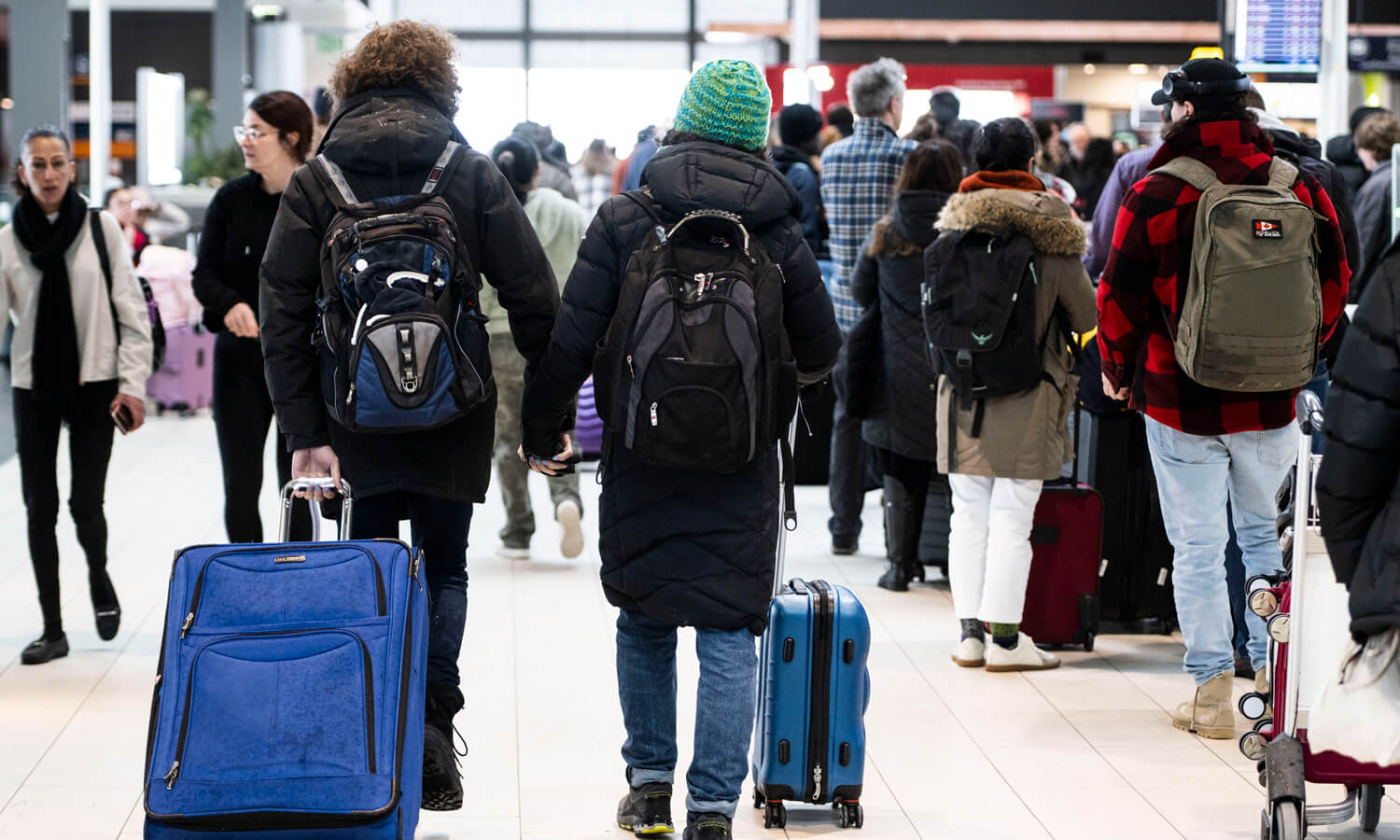The Education Department is taking over administration of the Public Service Loan Forgiveness (PSLF) program from the student loan servicer MOHELA, as one step in its larger effort to simplify student loan servicing. While the transition is underway, millions of PSLF-eligible borrowers will face a processing pause from May 1 through sometime in July. Student loan experts say to expect problems with the transition and prepare now.
“There’s a strong likelihood that there are going to be a lot of hiccups,” says Dan Collier, assistant professor of higher and adult education in the department of leadership at the University of Memphis, who studies PSLF.
During the upcoming pause, PSLF payment counts won’t be updated, and no borrower will receive loan forgiveness under PSLF — even if they reach the required 10-year (120-payment) finish line. If you submit a PSLF form during the pause, it won’t be processed. However, your student loan bills will remain due.
“If you are already working toward PSLF or are interested in PSLF, you will soon work with [the Education Department] directly,” the Federal Student Aid office said in an April 2 announcement.
After the pause ends, the government says it will process any PSLF forms submitted during the pause, erase remaining balances for borrowers who reached 120 payments and refund any overpayments. Your PSLF progress will be available on StudentAid.gov rather than MOHELA’s website. However, your servicer will continue to handle your monthly bills and any student loan questions unrelated to PSLF.
The TEACH Grant program, which provides grants of up to $4,000 per year to students pursuing certain teaching careers, will also be on hold from May through July. If you need to submit a TEACH Grant form during the pause, send it by mail to: TEACH Grant Program, P.O. Box 300010, Greenville, TX, 75403.
While management of the PSLF program is out of your hands, there are steps you can take to look out for yourself. Here’s what to do ahead of, during and after the PSLF processing pause and transfer.
Before the pause: Copy records and check your PSLF status
Make sure you have a complete record of your PSLF history and messages with MOHELA. This can help preserve your progress if anything gets lost in transit.
“I’m telling people to take screenshots of the PSLF tracker on their MOHELA accounts, download billing statements, and just download everything and take screenshots of everything,” Crawford says. “They won’t be able to access that on MOHELA starting May 1 and moving forward.”
There’s no rush to file a PSLF form to certify your employment before May 1, Crawford says.
But if you’ve already hit 120 payments or you’ll do so by the end of April, consider submitting your forgiveness application ASAP. This can help you avoid the processing pause delays and get your forgiveness much sooner.
This isn’t the first time the government has transferred the PSLF program, which forgives student debt for teachers, nurses, government workers and nonprofit employees after 10 years of payments. In 2022, it moved PSLF-eligible accounts from the Pennsylvania Higher Education Assistance Agency’s FedLoan Servicing arm to MOHELA. It didn’t go very smoothly, says Mike Pierce, executive director and co-founder of the Student Borrower Protection Center, a national borrower advocacy organization.
“There were forms in the middle of being processed at PHEAA that just disappeared when accounts appeared at MOHELA,” Pierce says. “Certainly, there were concerns about improper payment counts, at both companies, but also payment counts that didn’t carry over from one company to the other.”
During the pause: Most borrowers should keep making payments
Student loan payments are still due to your servicer during the PSLF processing pause. Make your payments, but most PSLF-eligible borrowers don’t need to do anything else. You can submit PSLF forms to certify your employment during the pause, but it’s not required. If you submit a PSLF form during the pause, prepare for a delay in processing and keep a copy of the form in case it gets lost amid the transfer.
However, borrowers who qualify for forgiveness during the pause should submit a PSLF application through the PSLF Help Tool as soon as they make their 120th payment, Crawford says.
If you’re confident that you’ve made 120 payments, you can request a student loan forbearance by calling MOHELA’s customer service line. This allows you to pause payments while you wait for forgiveness to hit your account.
There’s a risk to requesting forbearance: If you miscounted your payments and haven’t reached 120, you’ll still be on the hook for those unpaid bills, plus any interest that builds during the forbearance. The Education Department encourages borrowers who reach 120 payments during the pause to keep making them until their forgiveness is processed.
After the pause ends, the Education Department says it will refund any overpayments you make (including interest), though there’s no clear refund timeline yet.
“They’re not going to keep your money if you overpay, and it’s a good hedge against some kind of a future problem counting your payments,” Pierce says.
After the pause: Keep advocating for yourself
As long as you meet the PSLF requirements and continue making payments during the pause, you’ll keep earning credit toward forgiveness. It’ll just take some extra time.
“It has been such a frustrating process, and logistically, [the pause] is going to add even more of a wait time for borrowers, so I really do empathize with how frustrating it is,” Crawford says. “I think it caught a lot of people off guard. I wasn’t expecting this either.”
The Education Department will fully manage PSLF after the pause, but your loans will remain with a servicer. So you’ll continue to make payments to your servicer, and you’ll contact your servicer for questions unrelated to PSLF.
The Education Department has issued conflicting guidance about whether your PSLF-eligible loans could be transferred to a new servicer or servicing platform after May 1. If MOHELA is your current servicer, log in to your account on MOHELA’s website to check your possible transfer status. Call MOHELA to confirm.
When the processing pause ends in July, check that your PSLF history looks accurate in your StudentAid.gov account. If something seems off, and you can’t get the help you need from the Education Department, a complaint can help you get a resolution. The records you saved from your MOHELA account may come in handy here. You can make student loan complaints to the Federal Student Aid office’s ombudsman, the Consumer Financial Protection Bureau and state-level organizations.
If you submit a PSLF form during the pause, don’t resubmit it after the pause ends. Doing so could delay processing even further, the Education Department says.




















Discussion about this post